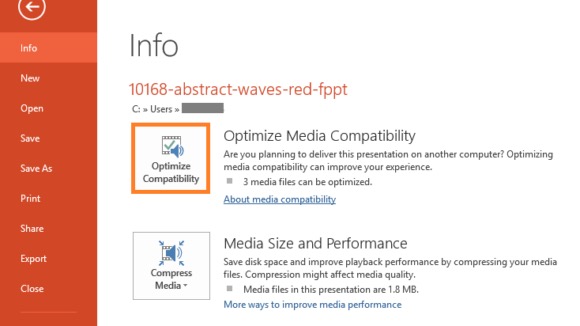
Most video codecs are lossy, in that the decoded video does not precisely match the source. Just as audio codecs do for the sound data, video codecs compress the video data and encode it into a format that can later be decoded and played back or edited. Not only is the required storage space enormous, but the network bandwidth needed to transmit an uncompressed video like that would be enormous, at 249 MB/sec-not including audio and overhead. A fairly typical 30 minute video conference would need about 447.9 GB of storage, and a 2-hour movie would take almost 1.79 TB (that is, 1790 GB).A minute of HD video would need 14.93 GB of storage.At a typical 30 frames per second, each second of HD video would occupy 248,832,000 bytes (~249 MB).

A single frame of high definition (1920x1080) video in full color (4 bytes per pixel) is 8,294,400 bytes.Imagine the amount of data needed to store uncompressed video:

This guide introduces the video codecs you're most likely to encounter or consider using on the web, summaries of their capabilities and any compatibility and utility concerns, and advice to help you choose the right codec for your project's video.ĭue to the sheer size of uncompressed video data, it's necessary to compress it significantly in order to store it, let alone transmit it over a network.


 0 kommentar(er)
0 kommentar(er)
